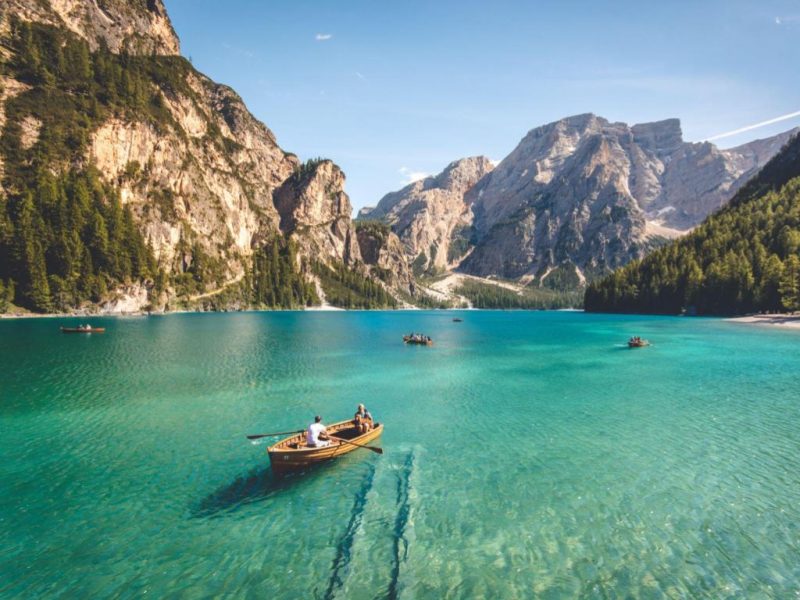If catching huge fish while fly fishing excites you, head to Yosemite National Park. The Tuolumne and Merced Rivers are the two largest watersheds in this Northern California park, and you can find many places to go trout fishing along them. While some spots are well-known, hiring a fly-fishing guide will allow you to easily access more remote spots where the largest trout are often located.
When to Fly Fish in Yosemite
The fly-fishing season in Yosemite starts in late April, but some areas of the park fish better at certain times of the year than at others. Most anglers experience the best fishing in June and July.
Fishing the Merced River in Yosemite
The Crane Flat Area along the Merced River is often one of the first areas to heat up for fishing in the spring. The best fishing on the Crane River is often where it flows near the Big Meadow. Consider fishing from the east bank at this location.
Lyell Fork Fly Fishing
Another terrific place to fly fish in Yosemite is the Lyell Fork. The easiest way to access this fork is to park near the Wilderness Center in the Tuolumne Meadows and hike along the Pacific Coast Trail until you reach the water. Consider hiking about two miles along the trail before your fishing expedition. Then, you can fish the next nine miles up into the canyon.
Upper Merced River
Another fabulous choice is to fish the Upper Merced River. While you can access the river at several points, consider parking at Happy Isles and hiking about 4.5 miles until you reach Little Yosemite Valley. It is best to fish in this location in the mid-summer because spring rains can swell the river, making fishing at this location dangerous. The best fishing on the Upper Merced River near Bunnell Cascade.
Tenya Creek Fly Fishing
The Crane Flat Area can get very busy, so consider fishing Tenya Creek instead. While you can access this creek from the Lower Pines Campground, consider fishing the last 2.5 miles before it empties into Mirror Lake. The best fishing is in this creek’s open areas. If you do not get close enough to the lake, it becomes a rocky stream and is less fun to fish.
Best Flies for Fishing Yosemite
One of the reasons that you will want to hire a guide is that they know which flies are likely to work best based on current conditions because it can vary from one day to the next. Generally, you will want to look at the water where fish feed and see what they eat. Then, choose an imitation that is very similar to it. If you do not see any fish feeding, try an insect common to that area. You should select a fly that makes you confident you can catch fish.
Increase your chances of getting great fish to eat by hiring Sierra Fly Fisher. Guided fly fishing trips in Yosemite let you experience the fun with a knowledgeable person who is passionate about the national park.












/granite-web-prod/c5/b4/c5b44ca4133d48f1bdf14e0f47f3cfc4.jpeg)
